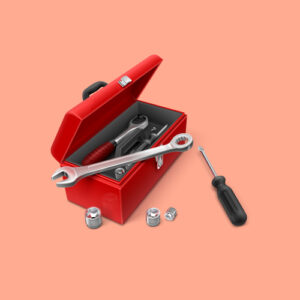Product Description
A traditional hand-held hammer consists of a separate head and a handle, fastened together by means of a special wedge made for the purpose, or by glue, or both. This two-piece design is often used, to combine a dense metallic striking head with a non-metallic mechanical-shock-absorbing handle (to reduce user fatigue from repeated strikes). If wood is used for the handle, it is often hickory or ash, which are tough and long-lasting materials that can dissipate shock waves from the hammer head. Rigid fiberglass resin may be used for the handle; this material does not absorb water or decay, but does not dissipate shock as well as wood.
A loose hammer head is hazardous because it can literally “fly off the handle” when in use, becoming a dangerous uncontrolled missile. Wooden handles can often be replaced when worn or damaged; specialized kits are available covering a range of handle sizes and designs, plus special wedges for attachment.
Some hammers are one-piece designs made primarily of a single material. A one-piece metallic hammer may optionally have its handle coated or wrapped in a resilient material such as rubber, for improved grip and reduced user fatigue.
The hammer head may be surfaced with a variety of materials, including brass, bronze, wood, plastic, rubber, or leather. Some hammers have interchangeable striking surfaces, which can be selected as needed or replaced when worn out.





Tony – :
Es gibt viele Variationen der Passages des Lorem Ipsum, aber der Hauptteil erlitt Änderungen in irgendeiner Form, durch Humor oder zufällige